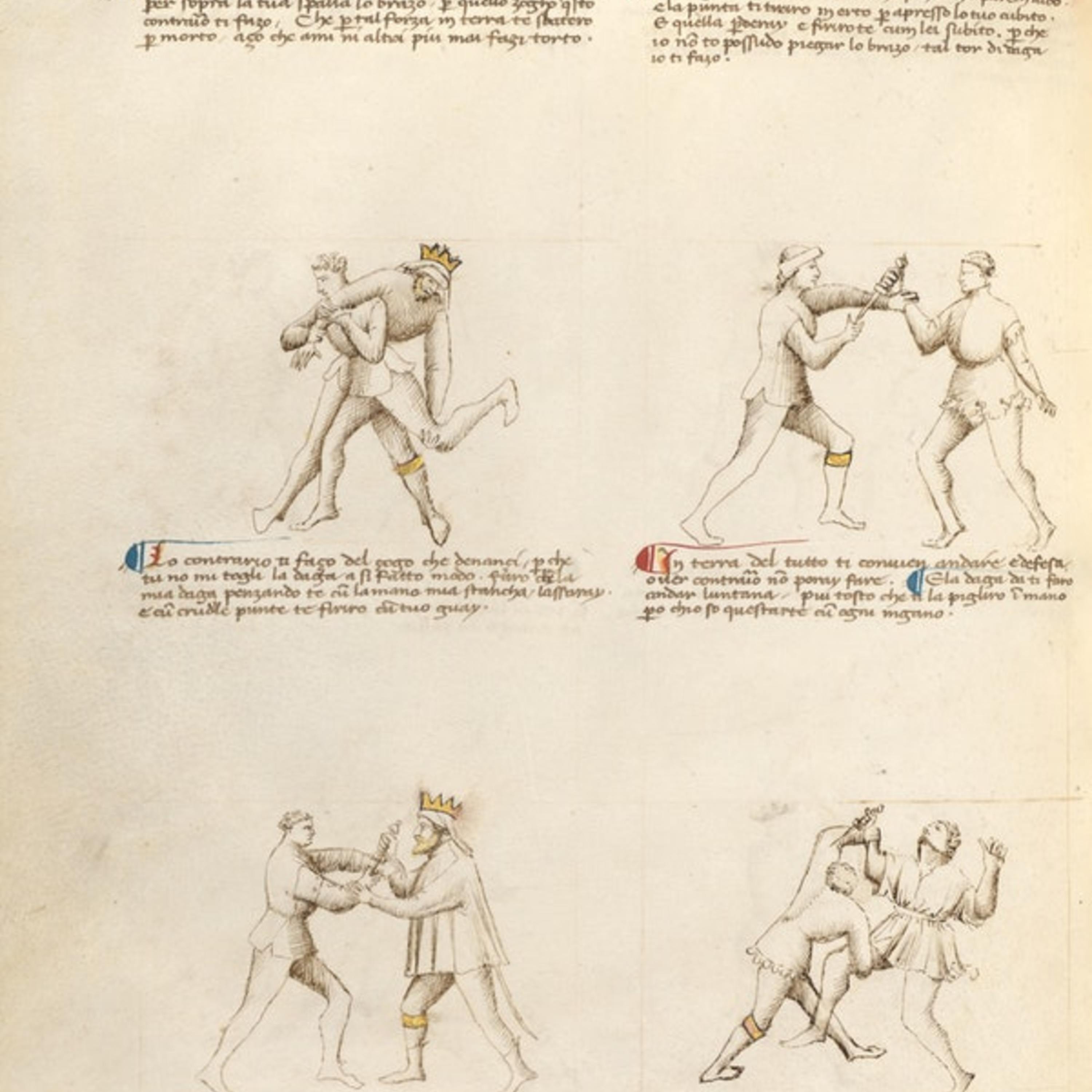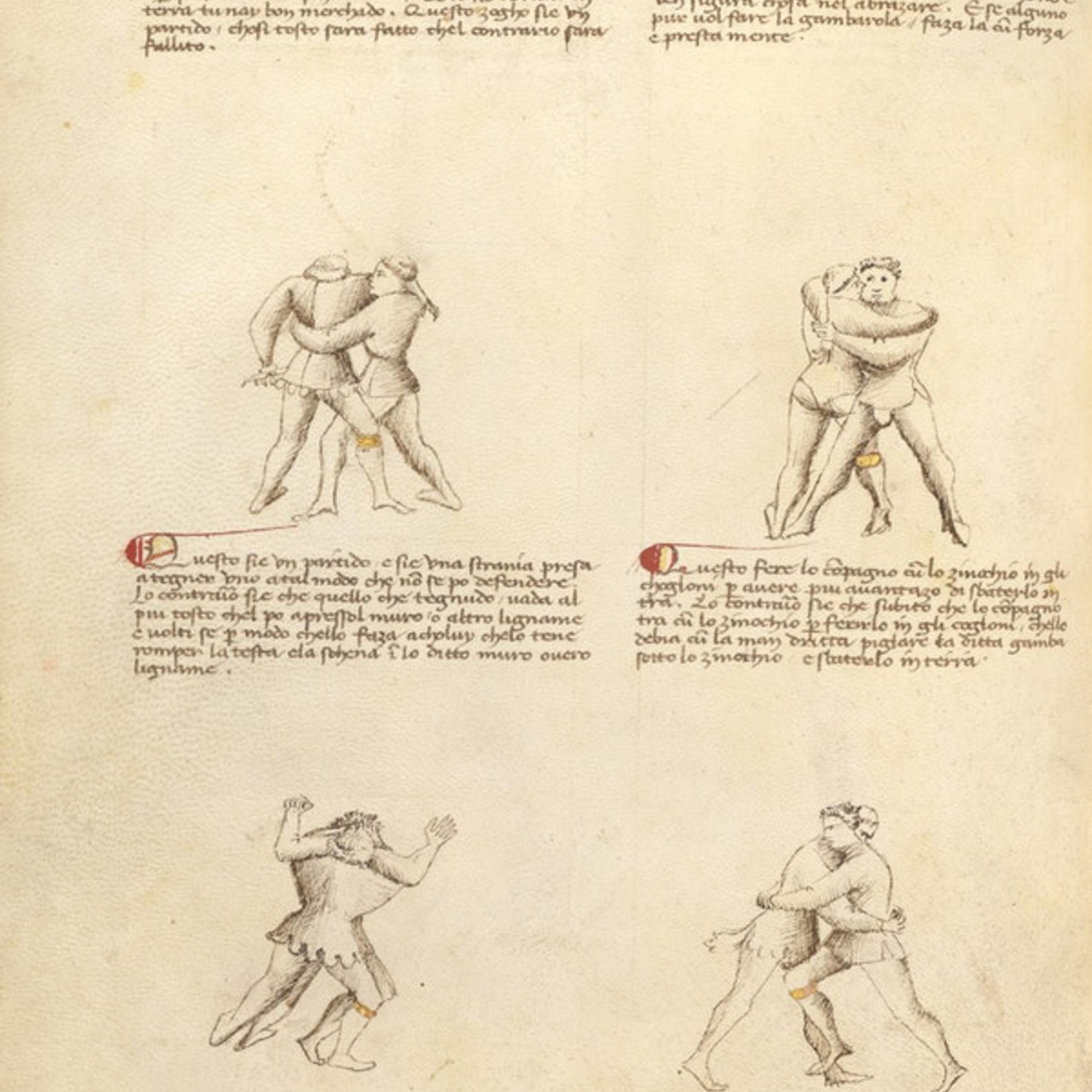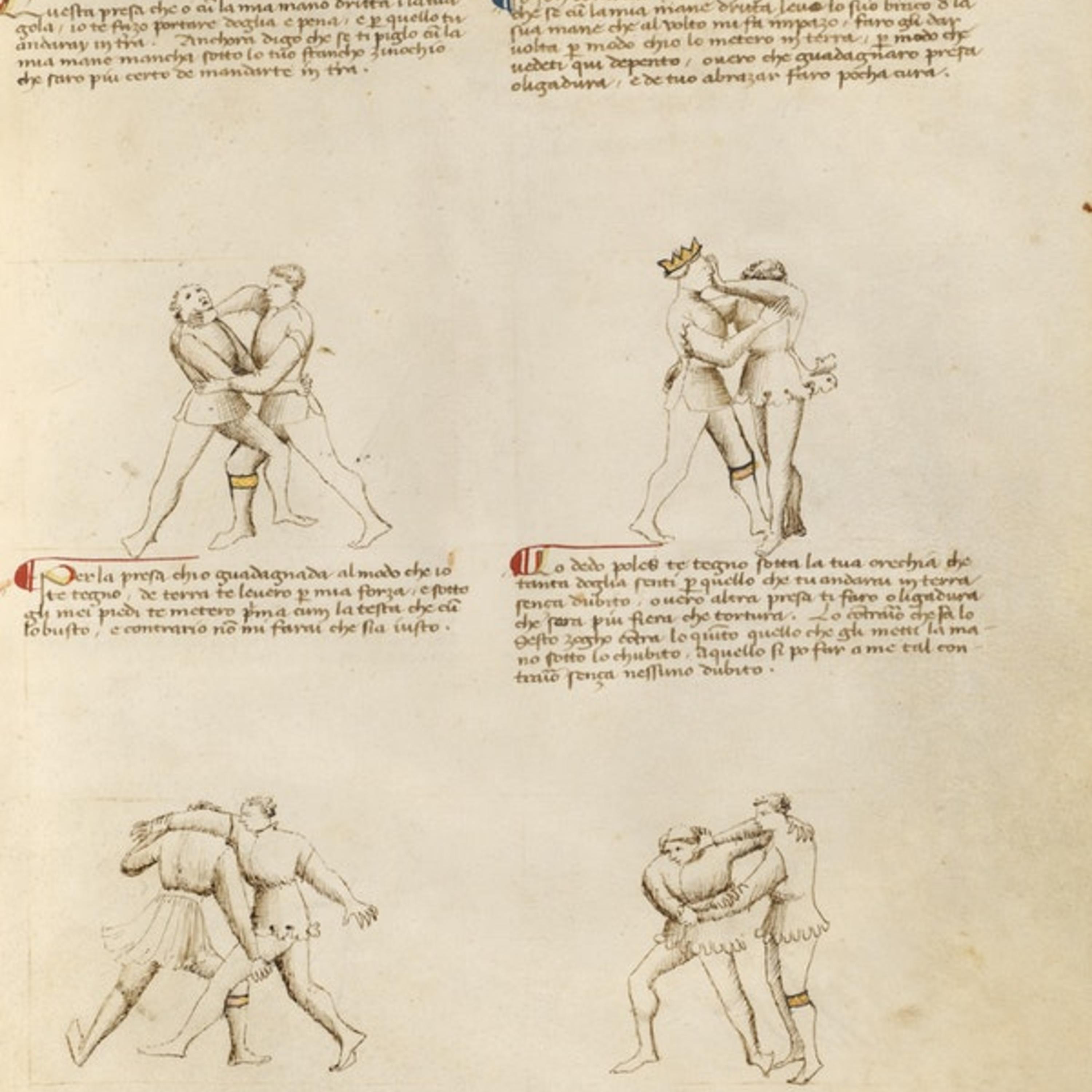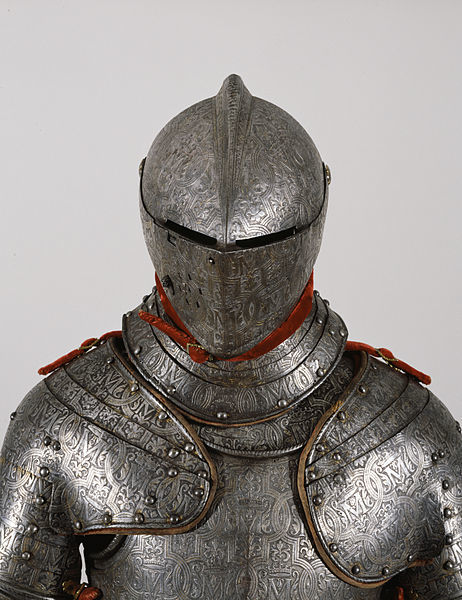Italian Renaissance Weapons and Armor
The rapier was developed around this time, perfect for being used in duels. It has a very long and thin blade with lots of flex, perfect for piercing. Different cuts have different advantages. A pierce will be much more fatal than a slash, but a slash is much more debilitating in the short run. If somebody's arm is slashed they will be much less useful in a fight. If somebody is stabbed they will still be able to fight until they bleed out. Duels were to the death and so rapiers, with their blades designed for piercing, took precedent.
Crossbows were heavily utilized in Renaissance Italy. This was the one of the first times crossbows were in very widespread use in Europe (they had been heavily used in China for centuries before this). Crossbows hold the advantage of being powerful and requiring relatively little skill and training as compared to a traditional bow and arrow. In addition to there being little skill involved, the reloading was aided by a mechanical contraption known as a "goat's foot" which was used for quick reloading. A tall shield would often be employed by Italian crossbowmen to protect them while they reloaded. The ability to field many more soldiers with ranged weaponry helped greatly when it came to attack and defense.
As European armor technology reached its pinnacle weapons shifted to being blunt instruments such as maces and warhammers. Armor was worn because people cannot cut through it, so people started crushing it instead. Swords were always more of a sidearm than a primary weapon and so they shifted to being used in duels.
Full-plate armor is an innovation of the Renaissance. Steel plates were very difficult to shape and put together while still retaining a large point of movability, which is why this armor was developed so late. Before the technique and technology existed to create such exquisitely crafted large plates, armor was mostly chainmail and, later on, a mix of chainmail with smaller plates on some areas. Plate armor is the pinnacle of armor technology. Plate armor such as this had few weak spots, except for the joints and the eye slits. Plate armor which was crafted in Renaissance Italy is very similar to the style of armor which was being crafted in Germany at the time. Some unique features of armor like this were the asymmetrical pauldrons (shoulder-plates) and the sallet helm. In addition, the cuirass (chest-plate) was domed to more easily deflect blows. When created for nobles and the very wealthy, every inch of the armor was finely decorated and engraved.





